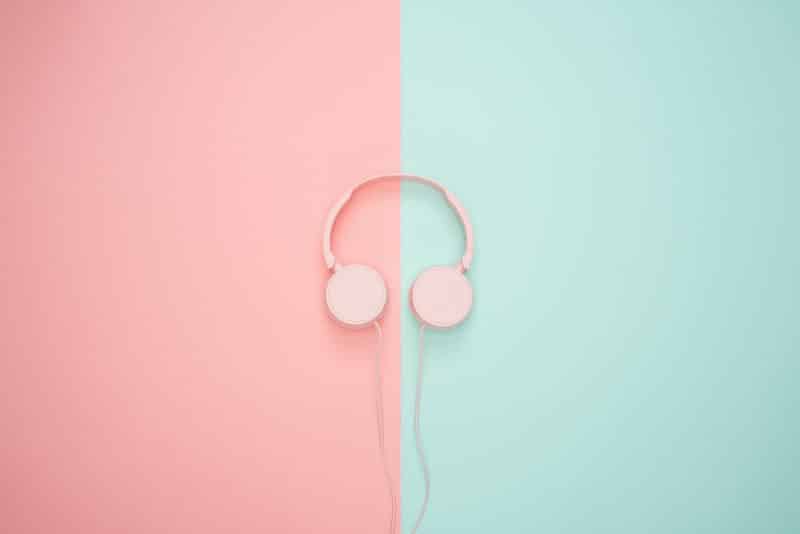Good communication relies on good listening. While it’s important to know how to communicate with the right words, tone, and posture, it’s equally important to know how to listen. Hearing is not the same as listening. Active listening requires knowing how to engage different types of listening skills to build better relationships with one another for better wellbeing at work and in life.
Reflective Listening
Reflective listening is one of the best types of listening to prevent miscommunication. When this kind of listening approach is used, the listener restates what the other person has said. The speaker is given the chance to clarify what the listener may have misheard or add to more detail to the conversation. The emphasis in this type of listening is on making sure the other is heard accurately. Reflective listening is effective at avoiding and preventing conflict since the person who is speaking feels like the listener is attending to their thoughts and point of view.
Informational Listening
When your intention is to gather information or accumulate knowledge, informational listening is the type of listening that is activated. Concentration is needed in learning environments where retention is necessary, and informational listening provides this attentive focus. Informational listening also triggers critical thinking as the brain attends to what it is hearing and works to filter and organize it for future use. To be a good learner, it’s important to practice this type of listening.
Empathetic Listening
Understanding another’s point of view or putting yourself in their shoes requires empathetic listening skills. When you relate to another person as if their situation was your own, you provide understanding and validation for another person’s experiences. It’s important to understand the difference between sympathy and empathy so that your posture and words reflect the right tone. Sympathetic listening is effective at helping others sort through their feelings while empathetic listening helps provide common understanding and connection.
Critical Listening
Critical listening helps in analyzing complex information and is helpful for problem-solving. When faced with multiple options, various perspectives, or disagreement, this type of listening helps sort the options and choose a path forward. Critical listening can also help determine truth from opinion and facts from feelings when implemented well. It helps sort how new information fits in the big picture.
Discriminative Listening
As the earliest listening skill that’s learned in infancy, discriminative listening relies on tone, verbal cues, and facial expressions to assist in understanding what another person is trying to communicate. Regardless of words, discriminative listening allows people to understand intention and mood. Whether you are communicating with a baby or someone who speaks a different language, discriminative listening bridges the communication gap when words aren’t enough.
Communication skills are important for wellbeing. Becoming an active listener and knowing how to engage the different types of listening appropriately will lead to better communication with the people who matter most to you. Consider which type of listening you may need to practice and be on the lookout for ways to try it today!



